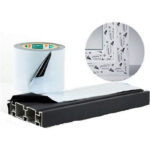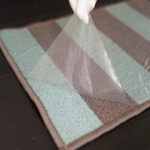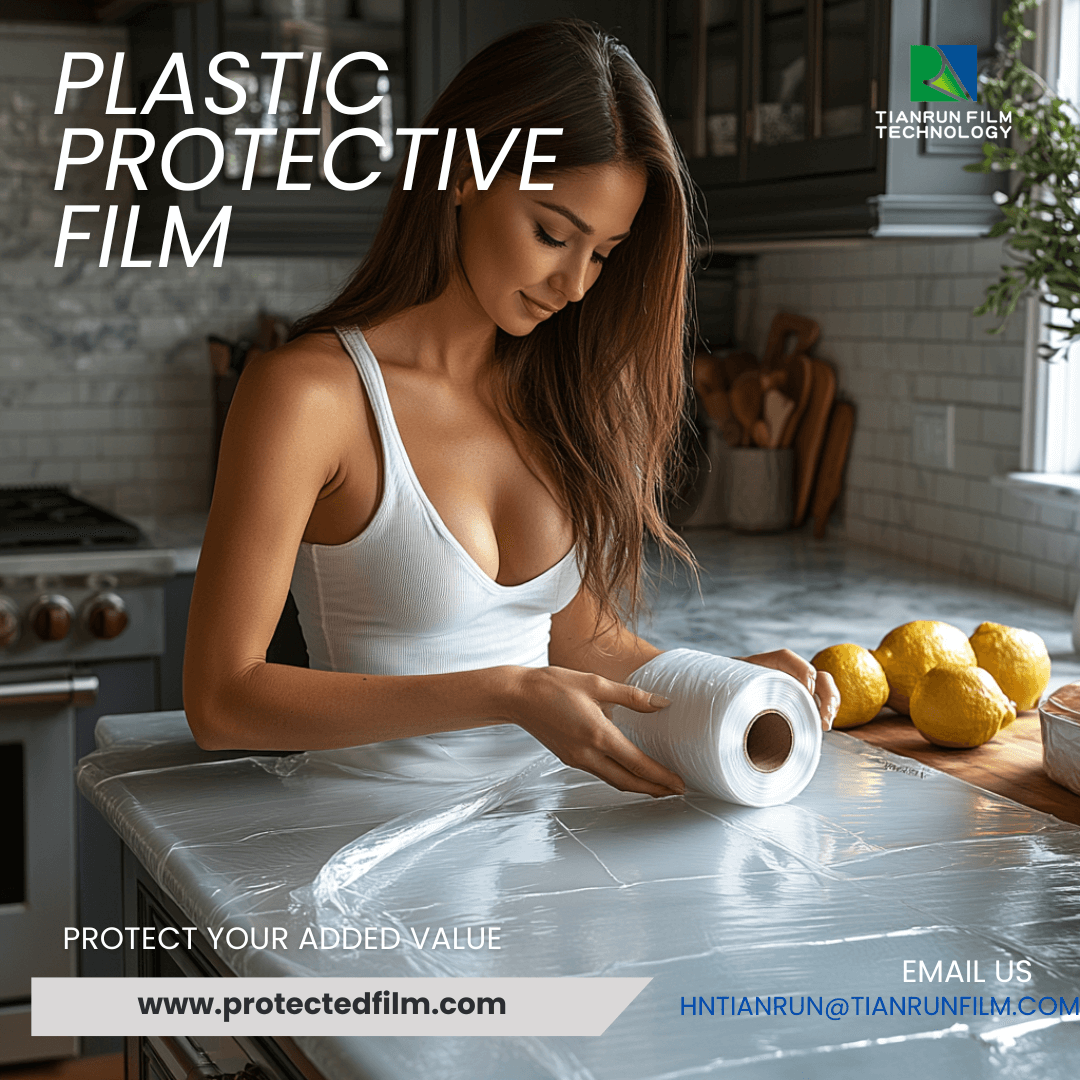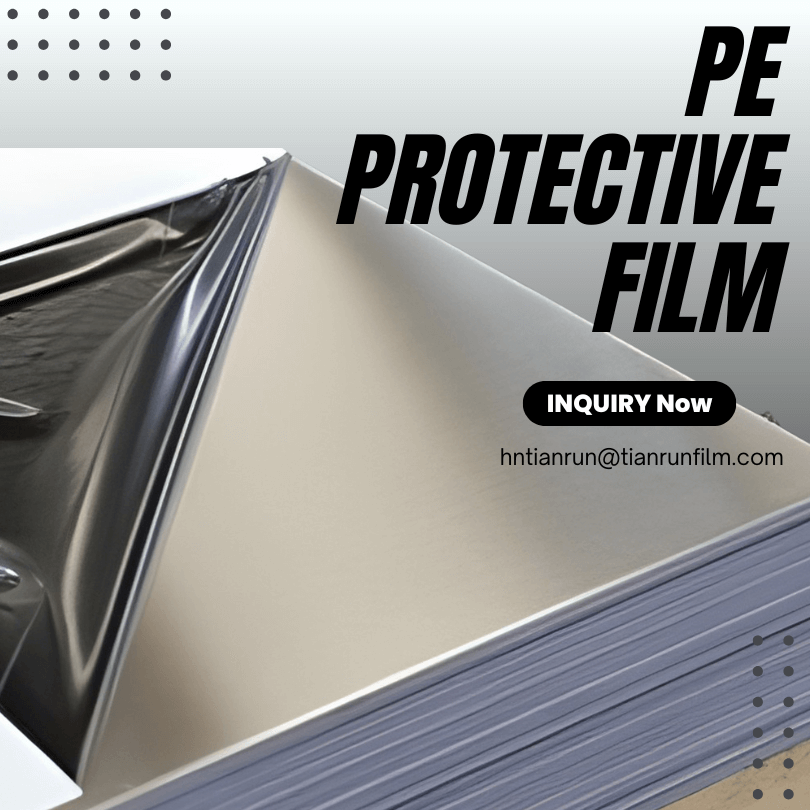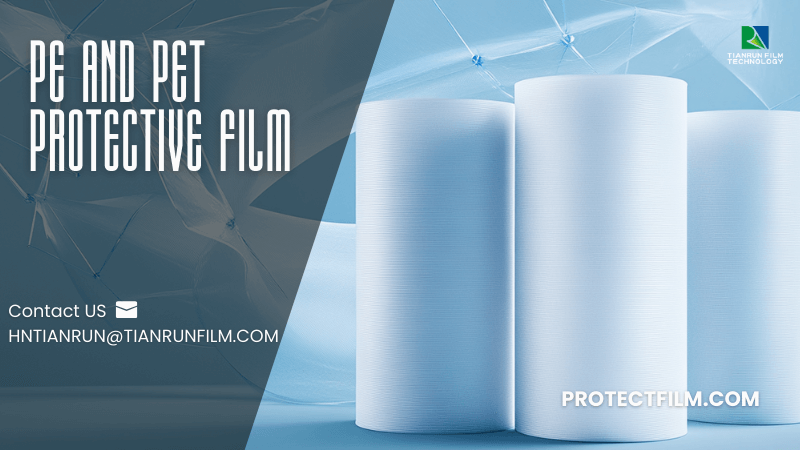Polyethylene (PE): An Overview
Polyethylene (PE), one of the five major synthetic resins, plays a significant role in today’s global market. China is now the world’s largest importer and the second-largest consumer of PE. The material is categorized into three primary types: High-Density Polyethylene (HDPE), Low-Density Polyethylene (LDPE), and Linear Low-Density Polyethylene (LLDPE).
Comparing HDPE, LDPE, and LLDPE
| Properties | High-Density Polyethylene (HDPE) | Low-Density Polyethylene (LDPE) | Linear Low-Density Polyethylene (LLDPE) |
|---|---|---|---|
| Odor and Toxicity | Lower energy is required in order to break | Odorless, nontoxic | Odorless, nontoxic |
| Density | 0.940–0.976 g/cm³ | 0.910–0.940 g/cm³ | 0.915–0.935 g/cm³ |
| Crystallinity | 85–65% | 45–65% | 55–65% |
| Molecular Structure | Lower energy is needed to break | Lower energy is required to break | Few branches, linear structure |
| Softening Point | 125–135°C | 90–100°C | 94–108°C |
| Mechanical Strength | High strength, tough, rigid | Lower mechanical strength | High strength, tough, rigid |
| Tensile Strength | High | Low | Higher |
| Elongation at Break | High | Low | High |
| Impact Strength | High | Low | High |
| Moisture/Water Resistance | Good water resistance | Poor moisture barrier | Good water resistance |
| Chemical Resistance | Resistant to acids, bases, solvents | Lower solvent resistance | Resistant to acids, bases, solvents |
| Heat/Cold Resistance | Excellent at both high and low temperatures | Lower cold resistance | Excellent cold resistance |
| Environmental Stress Crack Resistance | Good | Moderate | Good |
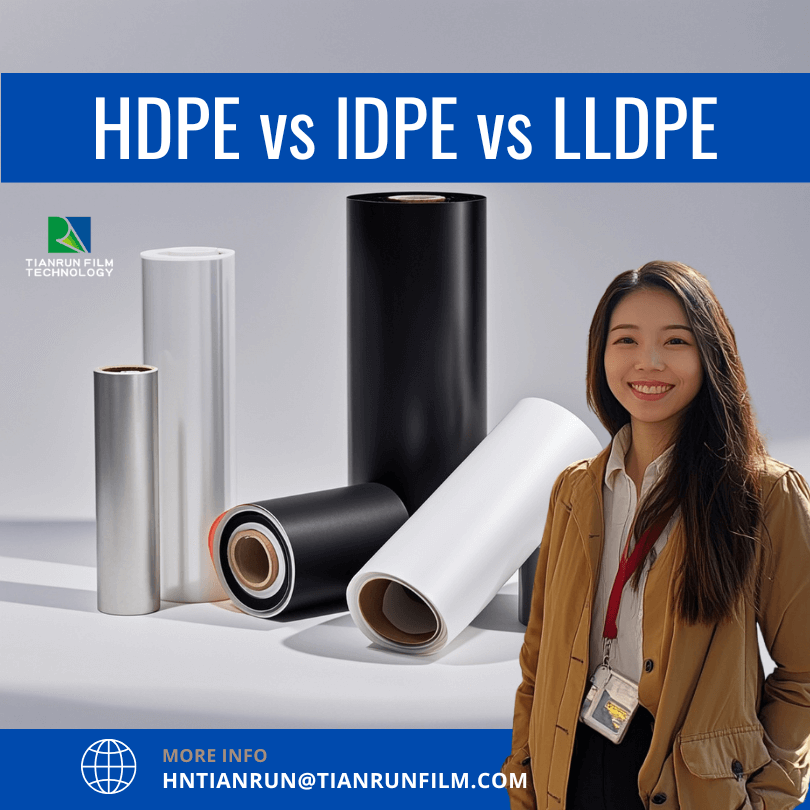
1. High-Density Polyethylene (HDPE)
HDPE is a nontoxic, odorless material with a 0.940 to 0.976 g/cm³ density. It is produced under low pressure using Ziegler catalysts, also called low-pressure polyethylene.
Advantages:
HDPE is highly crystalline, nonpolar, and resistant to most household and industrial chemicals. It offers excellent moisture and vapor barriers and is well-suited for water resistance applications.
Disadvantages:
However, HDPE’s aging and environmental stress crack resistance isn’t as strong as LDPE. To counteract this, additives like antioxidants and UV absorbers are included to improve durability.
2. Low-Density Polyethylene (LDPE)
LDPE is a lightweight material with a density between 0.910 and 0.940 g/cm³. It’s produced under high pressure (100–300 MPa) and is commonly called high-pressure polyethylene.
Advantages:
LDPE offers excellent flexibility, transparency, and low-temperature performance. It also provides good chemical resistance to acids, bases, and salts. Furthermore, LDPE has excellent electrical insulation properties and low moisture absorption.
Disadvantages:
LDPE’s mechanical strength, moisture, and gas barrier properties are inferior to HDPE’s. It also has a lower melting point, making it less suitable for high-temperature applications.
3. Linear Low-Density Polyethylene (LLDPE)
LLDPE has a density range of 0.915 to 0.935 g/cm³ and is produced by copolymerizing ethylene with small amounts of higher alpha-olefins. Its linear molecular structure contains fewer branches than LDPE.
Advantages:
LLDPE combines the strengths of HDPE and LDPE, offering excellent tensile strength, toughness, and flexibility. It resists environmental stress cracking and can withstand acids and organic solvents.
Disadvantages:
Compared to LDPE, LLDPE can be slightly less transparent but is more robust and more durable, making it ideal for demanding applications.
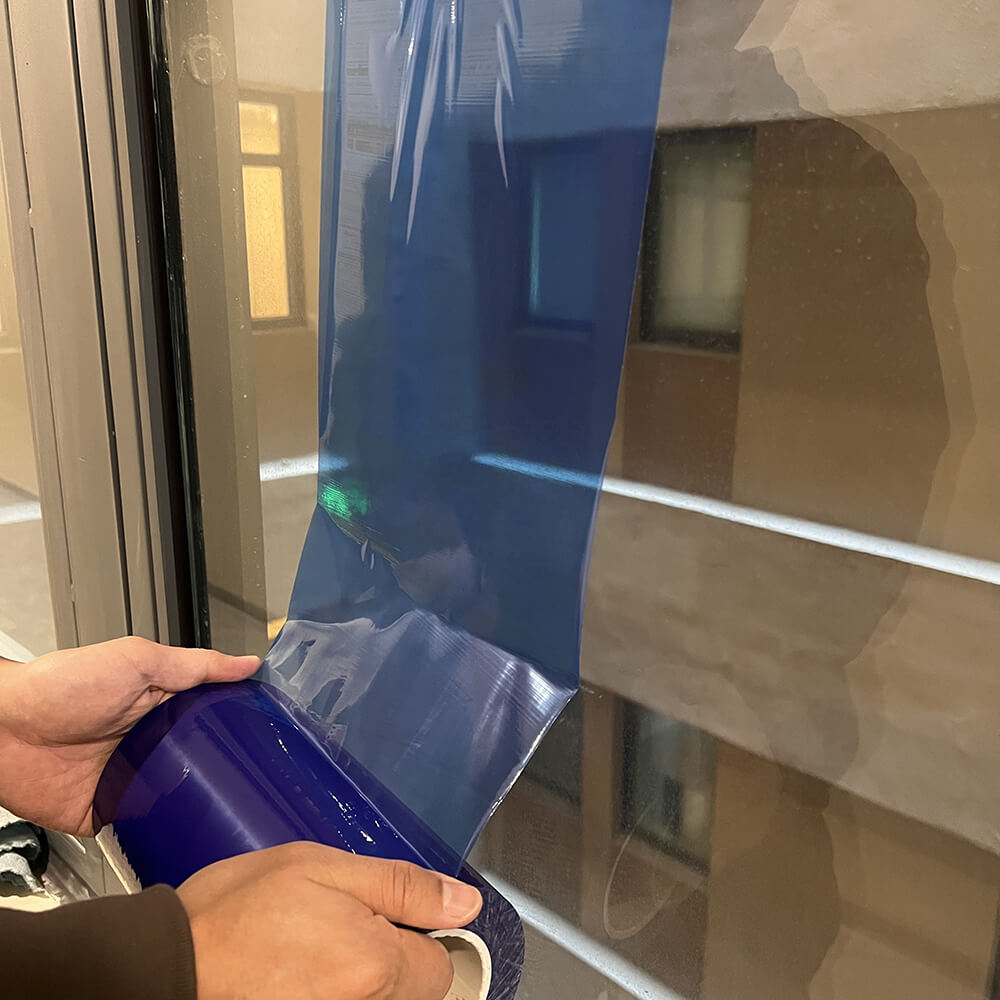
Distinguishing Between LDPE, LLDPE, and HDPE
- LDPE: Feels soft, white translucent, burns with a yellow flame, and has a waxy smell.
- LLDPE: Swells when exposed to benzene over time; becomes brittle in prolonged contact with hydrochloric acid.
- HDPE: Requires a higher processing temperature, around 180°C, and has a higher density than LDPE.
Conclusion
All three materials—HDPE, LDPE, and LLDPE—play critical roles in various applications. Their nontoxic, odorless properties and exceptional insulation and moisture resistance make them widely used in agriculture, aquaculture, reservoirs, and artificial lakes. HDPE stands out for its superior chemical resistance, while LDPE is known for its flexibility and low-temperature performance.
Eco-Friendly Protective Film Products
Tianrun’s protective films are crafted with 25% LDPE and feature eco-friendly, water-based adhesive. They are sourced from suppliers like PetroChina and provide reliable, odorless protection while ensuring environmental sustainability. These films offer excellent surface protection, making them perfect for construction, agriculture, and other applications.

